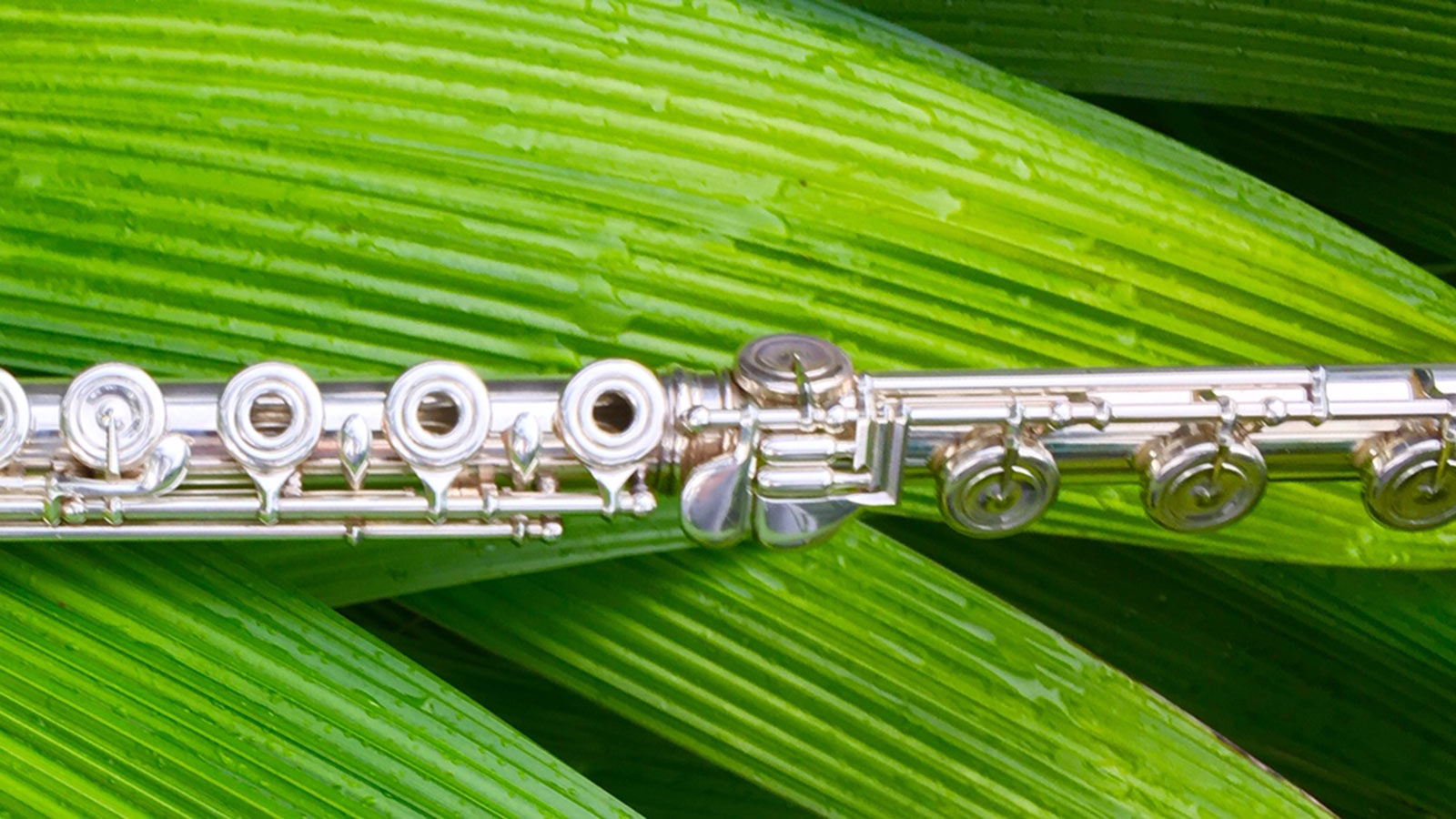To my world-wide clients and new friends, please feel free to write and ask me questions about dealing with your specific climate, and the flute issues/problems that you encounter. I will be happy tailor the information to your specific questions!
Seasonal Problems With Flutes
Heading into the extreme weather fluctuations of the changing seasons is very hard on flutes, and this could be a potentially challenging time for your instrument.
Problem:
The flute is not responding well, notes are cracking, pitch is not secure and it has an overall stuffy quality. If the weather is spiking up and down (as it is prone to doing these days) and it goes from 70 degrees to 40 degrees in less than 24 hours, you can anticipate that your flute will not like it!
Solution:
Create the opposite condition!
a) If it is cold and damp outside, and the flute is reacting badly, play in a room that is warm and dry.
b) If it is warm and damp outside, play in a room with the air conditioner running – perhaps set at 70 degrees – to get some of the excess moisture out of the pads.
c) If it is extremely cold and dry (i.e. February in NYC) boil a pot of water while you have the flute out of the case **.
(**note…never practice the flute in the same room with boiling water going…as it might lead to a new set of problems!)
d) If you are in a hot, arid zone, leave the bathroom door open when you take your shower with the flute out of the case in the next room, while using the air conditioner.
Caution:
This suggestion of creating the opposite temperature and humidity condition will help to alleviate some of the difficulties listed above. In some cases this approach will fully resolve the problem!
Of particular note: In cooler room temperatures (especially in the Spring!), there will always be more droplets of water forming inside the tube, due to the difference in temperature between the air and the tube of the flute. Be sure to keep your flute very, very well swabbed out (perhaps as often as every 10-15 minutes during any playing session, if possible) whenever you are practicing in a cool room. This will help you avoid getting drops of condensation on the pads, which can wreak havoc with the seating of the pads!!
Generally it is required that flutes that get full-time-use need a visit to the repair shop to be ‘tweaked’ through each of the four big season changes that we have in the northeastern United States. Yearly servicing (a/k/a/ Clean-Oil-Adjust) is also highly recommended once a year by all flute-makers!
If you have any questions about this topic, or would like to me to address any further topics not listed on this page, please be in touch! anne@www.yourfluteworks.com
DUST REMOVAL
Dust on your flute mechanism – a seemingly simple and harmless thing – can bring with it a number of different problems to your instrument!
Problem:
Below is what can occur when dust accumulates:
a) Dust on the tone holes can cause abrasions to the delicate pad skins, resulting in leaks
b) Dust in the mechanism can cause your keys to jam, and become sluggish
Solution:
a) Use masking tape and blot up all the dust that is accumulating in your case…and keep the dust out by doing this as often as is needed
b) Use a small paint brush and whisk the dust away from the mechanism, outward. You can make quick sweeping motions with the bristles of the brush until you see all the dust is gone.
c) Once you feel you have removed all the dust you can with the paint brush, blow on the mechanism to remove any further dust particles that may be lingering.
Caution:
Be sure to avoid scratching your flute with the metal part of the paint brush, and be sure to work *away* from the mechanism!
If you have any questions about this topic, or would like to me to address any further topics not listed on this page, please be in touch! anne@www.yourfluteworks.com
Over the decades that I have put my energy into keeping the instruments of flutists up and running, I have encountered many problems that were preventible…if only the flutist had had the information to care for their flute properly. As a result I have put my attentions to spelling out clearly some good preventative measures – and great maintenance techniques – to keep YOUR WORKING FLUTE a happy flute! Check back soon to read on the following topics… and if you have a topic you would like me to address, please send me an email.
~ Anne
- Dust removal (info. detailed above!)
- Cleaning pad surface and tone holes
- Clean out embouchure hole
- Sticky tenons
- Proper headjoint cleaning
- Seasonal problems with flutes (info. detailed above!)

